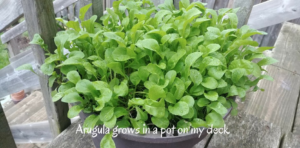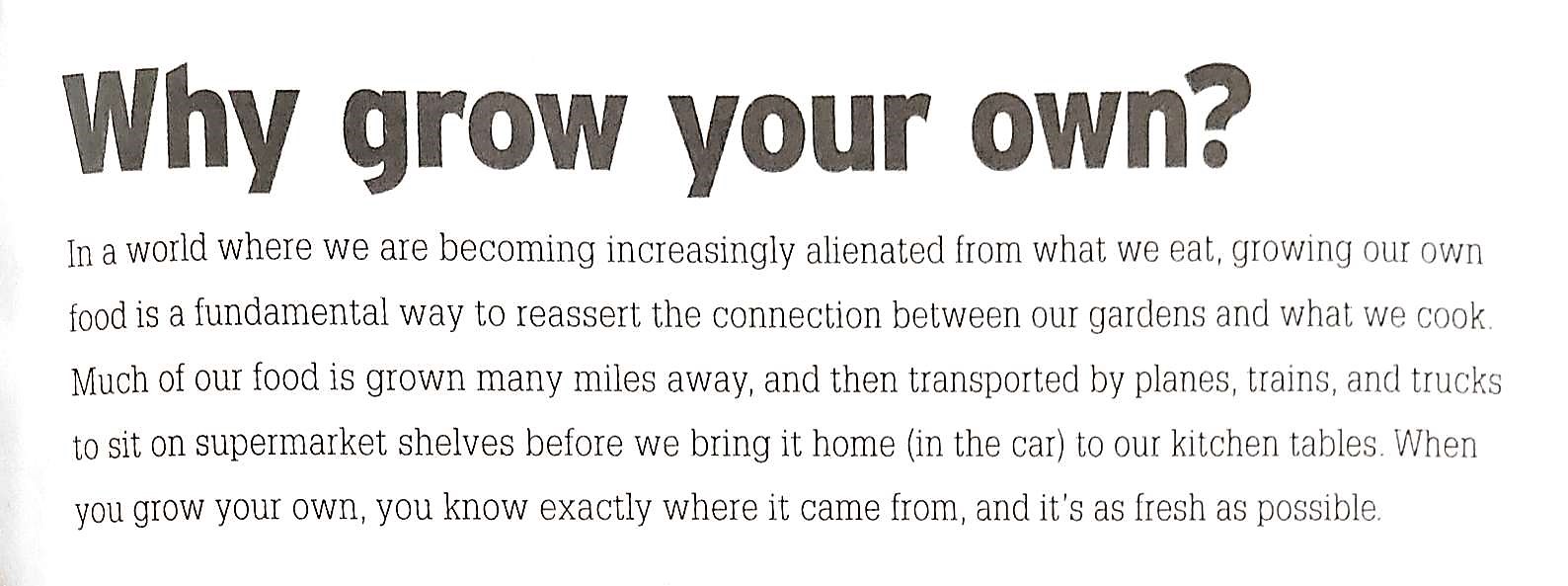Learning to grow food was a milestone in the development of the human race. As hunters and gatherers learned to cultivate food, they began to develop societies. Many of the Natives in North America were expert farmers who taught the pilgrims to grow native foods such as corn, beans, and squash, thus sustaining the struggling settlements. A community food garden was the norm as these settlements grew. As the pioneers worked their way across the country, a food garden was a necessity for survival. In days past, every farm had a big garden, and even those in the cities with big backyards grew their own food. Nowadays a much smaller number of people grow their own food, while most depend on the grocery-store shelves to provide their nutrition. No wonder why with all of our purchased food, we became spoiled and expect foods not in season to be available year-round.
We also enjoy the experience of tasting new foods that have never been available in our local areas.
While living back in Ukraine I remember the following joke being reused on a food market in comparison with more developed countries:
Once a Norwegian met a Ukrainian and curiously asked:
“When does a fresh Strawberry appear on a market counter in your country?"
"At the end of June", proudly replied Ukrainian. "What about yours?"
"At 6 AM when the supermarket gets opened" replied Norwegian to the surprised Ukrainian" 🙂
That joke has demonstrated only a seeming “advantage” of the foreign countries where the food supply was organized so that local population has availability of the produce variety year-round. But think about the quality of those shining and sparkling strawberries that could be found on the shelves of the Norwegian stores…
This convenience comes at a high cost. Transporting food from east to west and from north to south from one country to another is a major use of oil for fuel. Packaging foods to be shipped also utilizes a tremendous amount of energy, as well as oil for producing plastic and trees for paper. Other major factors, however, are the taste and texture of food. Much of the produce found on today's grocery-store shelves is bred to be picked green, not ripe, so it won't ripen before it hits the stores. This produces, in some instances, a tasteless, hard-textured food. Just compare the store-bought tomato to a ripe and bursting with juice freshly picked from the garden tomato!

*(Here and below I have quoted responses to question “What made you growing your own food?” that I posted on Facebook)
So why grow your own food?
Granted, we can’t all have huge gardens completely fulfilling our food needs. But there are several good reasons to grow as much as we can and specifically the food types that we choose by ourselves in accordance with our wishes and needs (tomato vs potato, basil vs parsley, apple vs cherry).

First is the taste. You simply can't beat the taste of freshly picked sweet corn, brought in from the garden directly to the table. The taste of homegrown carrots is so sweet that you will enjoy eating it without even peel it. And how about new boiled potatoes in sour cream and dill sauce, one of our family’s traditional homegrown dishes! Even when your space is limited you can start small and grow your own salad garden, with fresh lettuce, spinach, onions, and radishes. Do you have a windowsill or some hanging baskets? You will be surprised how many edibles you can grow!

The second reason is health. More and more problems are developing with commercially grown and processed foods. By growing your own, you can limit the use of harmful chemicals such as pesticides, insecticides, and herbicides. Or you may decide not to use any chemicals and grow organically. You will know what your family is eating when you grow it yourself. Doctors and researchers warn of our spreading health problems like diabetes and obesity. Many people, especially youngsters, live on fast foods and don't even get a minimum daily requirement of fruits and vegetables. Nutritionists suggest we need two to three servings of fruits and vegetables each day.  Most fruits and vegetables are low in calories and high in vitamins and fiber. Growing your own fruits and vegetables increases the opportunity for more healthy foods for your family.
Most fruits and vegetables are low in calories and high in vitamins and fiber. Growing your own fruits and vegetables increases the opportunity for more healthy foods for your family.
The third reason is also health related. Growing your own food gets you outside and serves as a form of exercise. Although too much sun can be dangerous, studies have shown a lack of sunlight to be a common problem with many people. By the way, your gardens could be partially shady too, so you won't be burned by the sun. Fresh air, sunlight, and enjoying the outdoors do also serve as stress relievers.  The mindfulness practice of tilling, planting, weeding, watering, and harvesting all require effort; as a result creating healthy daily exercises. At the end of the day spent in a garden, you stand up, stretch your back and feel a pleasant kind of tiredness. 🙂
The mindfulness practice of tilling, planting, weeding, watering, and harvesting all require effort; as a result creating healthy daily exercises. At the end of the day spent in a garden, you stand up, stretch your back and feel a pleasant kind of tiredness. 🙂
The fourth reason is basically economics. You can definitely save money growing your own food. And if you grow enough to put food up for future use either by canning, drying, root-cellaring, or freezing, the savings really mound up. For example, if you take the green beans and beets alone and figure $0.75 a can, two cans or $1.50 per quart, at 44 quarts that's $66.00. The cost for seed and fertilizer for that same produce would be less than $10.00. When you begin to figure the savings in fruit, you really save, especially fruit ready to serve.
Granted not everyone has the time, inclination, and space to grow and put up this quantity of food, but any amount you grow yourself is a help. If you can't grow your own food or are limited in what you can grow, a major step you can take is to purchase from farmers' markets and other local sources.  As food is currently processed, packaged, and shipped all over the world not only you are "greening" by cutting down on the use of fuel for transportation, but you are also enjoying much tastier and healthier foods.
As food is currently processed, packaged, and shipped all over the world not only you are "greening" by cutting down on the use of fuel for transportation, but you are also enjoying much tastier and healthier foods.
When you plant your own vegetable garden, you can count the steps – not miles or kilometres – your food took to get to your kitchen table. You will certainly know what fertilizer, if any, came in contact with your produce, and when or if your cabbage has bugs. You can be sure those tomatoes were naturally ripened because you harvested them by your own hand right off the vine.
P.S. growing your own edible garden is a long and winding road but it is a rewarding journey that overall leads to the fuller life. We will hold your hand in this journey and lead you through the obstacles and problems in food gardening experience. Join our GardenHowTo Club today!
If this post has helped you in some way or if you have any further questions I'd love to hear from you. Feel free to reply with your comment below.

